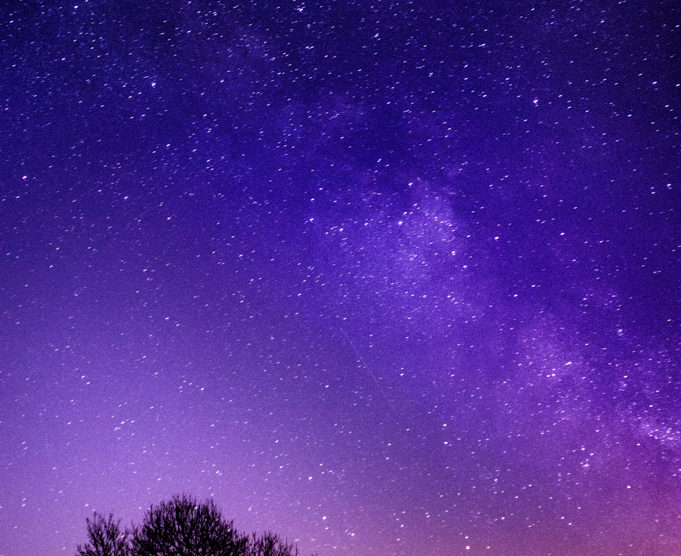First Published November 8th 2017
Milky Way Photography isn’t too difficult to do, however if you live where i do, your not going to get all the elements for the perfect shot.
If you live in the Rural US, New Zealand, More Coastal, then you have an advantage over the city dwellers, lovely Dark Skies. that is the one of the biggest elements for successful milky way photography. Not the only one but definitely a big factor.
Using a full frame camera with a prime wide angle lens is ideal, but not a requirement. You can start doing it with an entry level DSLR or mirrorless with a kit lens.
As you progress i’m sure you’ll be wanting to upgrade, but it can be done, and you can get a decent shot with entry level kit. How do i know…that’s how i started.
I’m going to provide a list of what i use for Single Exposure milky way shots, but by no means is this perfect, or what you need.
Nikon D750 full frame Camera.
Samyang 14mm f2.8 MF lens.
A cheap and cheerful intervelometer.
A sturdy tripod with a ball jointed head.
A Warm Coat
Coffee
Hobnobs!!! (This one is a dealbreaker!!!)
I’ll start from a shot taken a few years back with an older crop framed camera and a cheap ebay find lens.
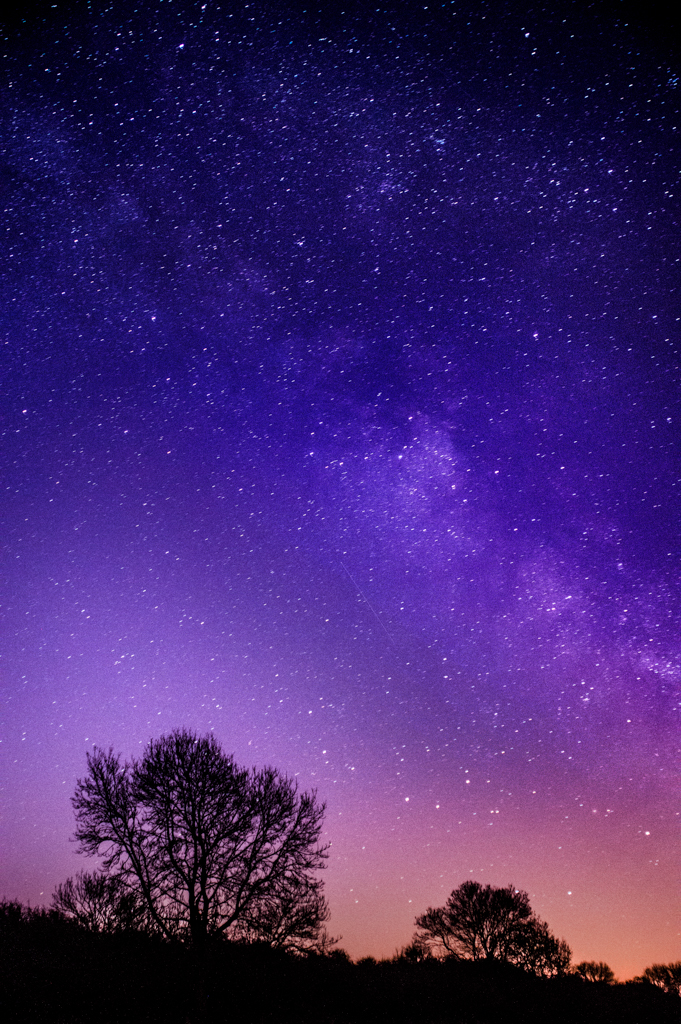
Camera: Nikon D3200
Lens: Sigma 28mm MF f2.8
Exif: f2.8,25 Seconds, ISO3200
This was taken April 2016 on a very, very cold night. The Airglow is from Leicester City Centre at 04:20 in the morning.
while the City is sleeping, i’m standing on a public footpath in a field South-East Leicestershire.
Despite the proximity of the city, you can get the shot with entry level kit.
This was the first time i shot the milkyway. I would say i was around 6 miles away from Leicester City in a pretty rural area. the time of year was perfect for the core of the milkyway to be visible.
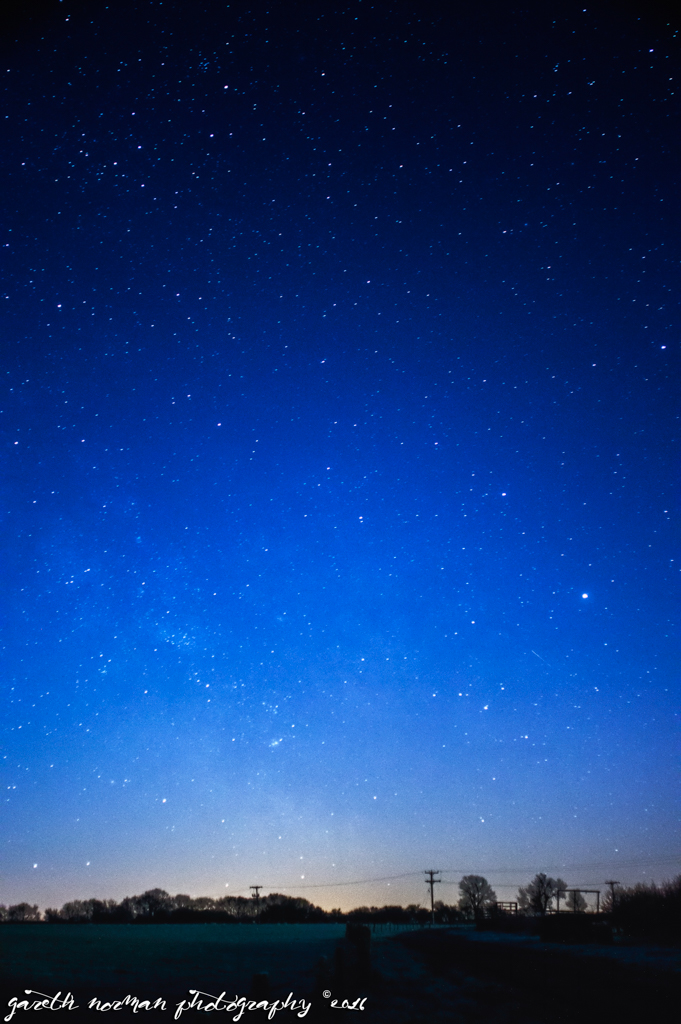
Camera: Nikon D3200
Lens: Sigma 28mm MF f2.8
Exif: f2.8,20 Seconds, ISO6400
A little earlier in the morning, so still a little bit of glow from the moon setting. You can see the nebula of the milky way through the image.
After this i was completely hooked on trying to shoot the milkyway. All times of year there is visibility, but it’s late spring that you’ll get the best out of it.
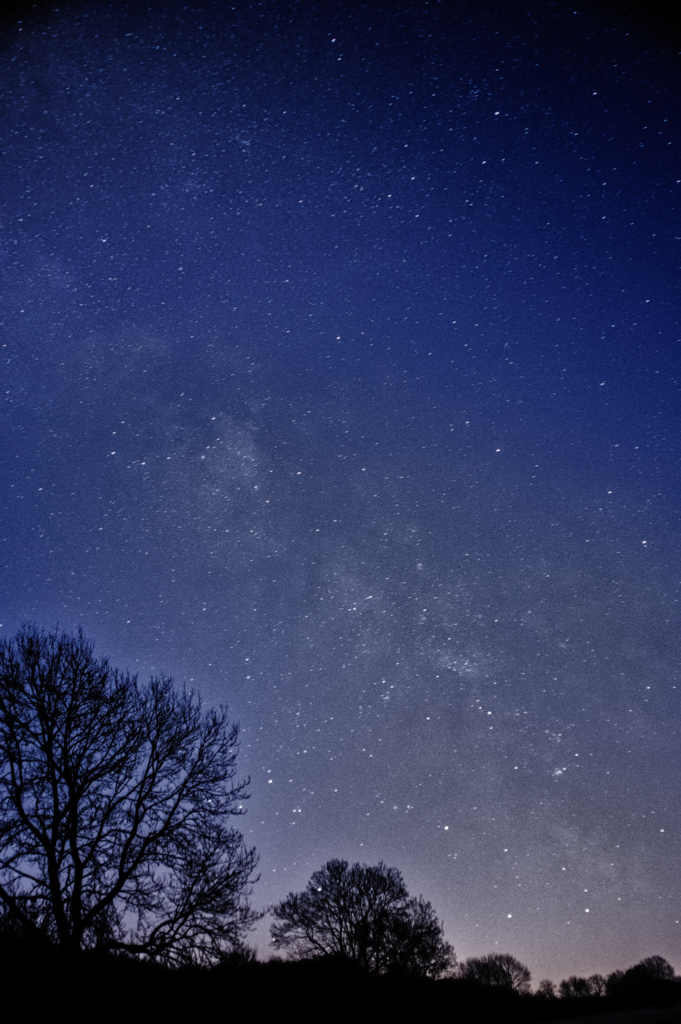
Camera: Nikon D3200
Lens: Sigma 28mm MF f2.8
Exif: f2.8,25 Seconds, ISO6400
At this point i was well and truly hooked. Time to start researching for a new camera and lens. I was looking for more locations and thinking a lot about how to improve the shot.
It was simple things, find an area guarded by large trees, sometimes helps. You think when stand on a suburban street and look up, you can see a few stars. Now stand in between, say 2 semi detached houses, where the streetlights can’t be seen. You can see a little more. It’s not a big difference, but in more built up areas, every little counts.
I kept shooting with the little D3200 for a while before getting a new Body. I still use it now for star trails and a backup.
the New Body arrived Late 2016 and it was a revelation. I was pretty outstanded by the difference. The higher ISO shots are much cleaner, and you can push the limits a lot more with it. It was exactly what i needed, but the best of the milkyway was gone for the year, so i didn’t really shoot much. That and i was pushing some other different areas of my photography as well. I didn’t really get out till around March/April time this year.
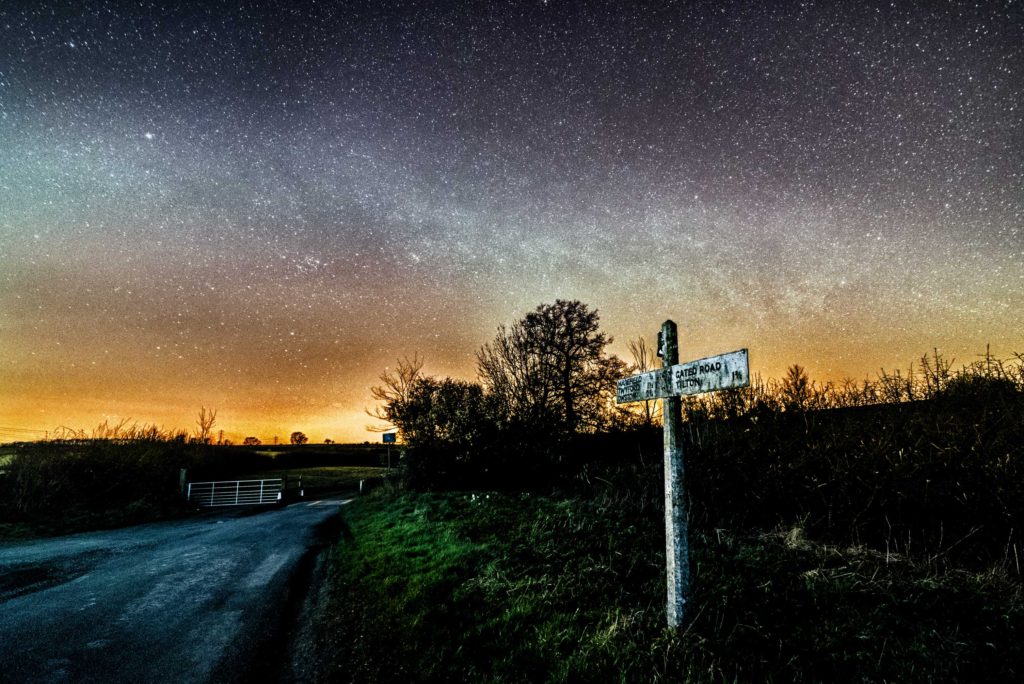
Camera: Nikon D750 Lens: Samyang 14mm f2.8 MF Exif:f2.8, 30 Seconds, ISO8000
This was taken this April, quite early one evening, around 11pm. this was in Full Moonlight, and an exercise in pushing the capabilities of the camera. You can see the nebula of the milkyway and the difference in the clarity of the whole scene.
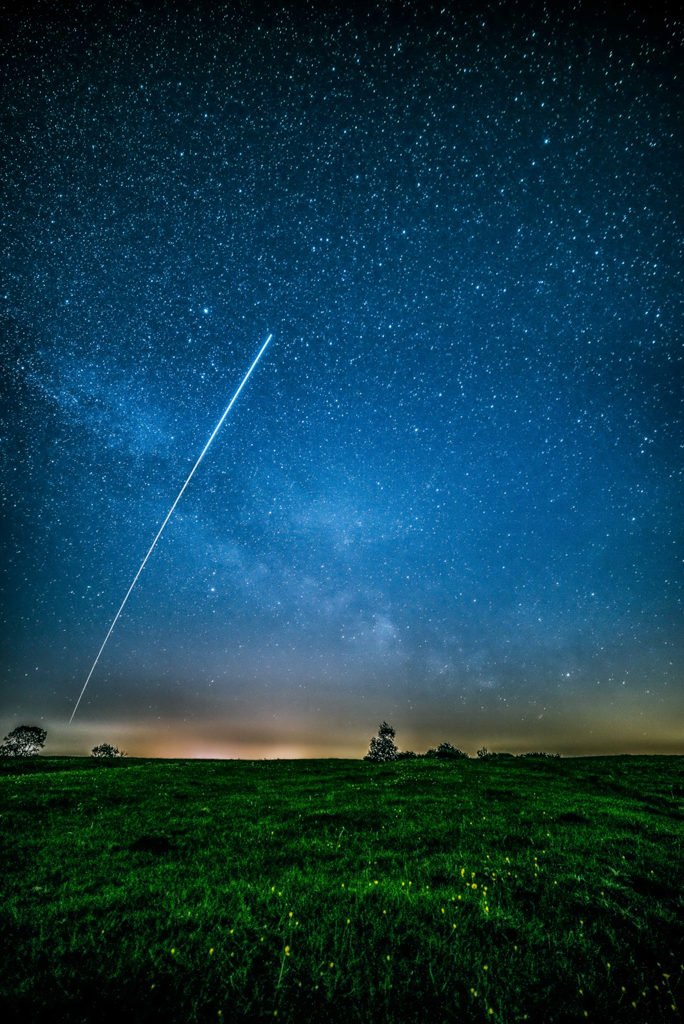
Camera: Nikon D750
Lens: Samyang 14mm
EXIF:f2.8, 30 Seconds, ISO1000
Just an example of how good the D750 is. ISO1000 and getting a nice milkyway core shot. This one was more to do with the path of the ISS, but still looks great.
A little further down the road and there is a small monument to our fallen soldiers. I didn’t have much time here, and will be probably doing this location again with a few changes.
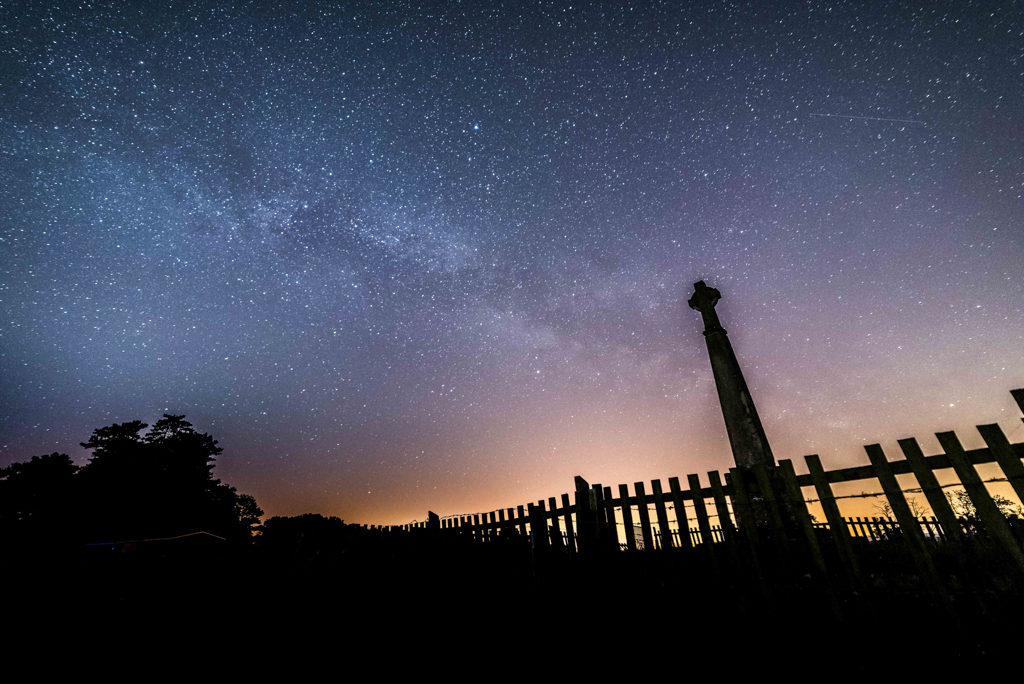
Camera: Nikon D750
Lens: Samyang 14mm
EXIF:f2.8, 30 Seconds, ISO3200
Suffice to say the new setup, definitely changed the way i shoot the milkyway, and allows a huge amount more latitude in the conditions.
I hope what you take away from this, it doesn’t matter about your kit, you are capable of getting these shots. It takes time and practice, but stick with it, whatever type of photography interests you.
Dark Skies are a big bonus, but not something that can stop you. A few miles out of a population centre is dark enough. Just get out there and start shooting. you won’t get the shot if your not there to take it. I will do another one with a little more detail soon.
Finally, have fun and stay safe out there.
Any suggestions for future blog posts, drop me an email.
you can see more of my work at
https://www.instagram.com/garethnormanlandscapes/
https://www.instagram.com/garethnormanportraits/
https://www.facebook.com/garethnormanlandscapes/
https://www.facebook.com/GarethNormanPhotography/
#milkyway #nightphotography #highiso #starscapes #landscapes #garethnormanphotography #leicesterphotographer #leicestershire #hardworkpaysoff #countryside #milkywaychaser #longexposure #pushyourlimits #followyourpassions #nikon
